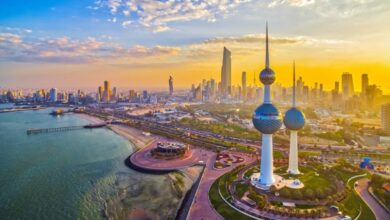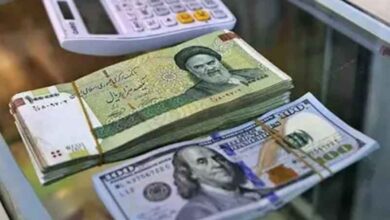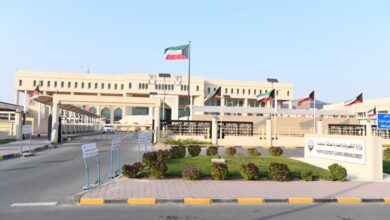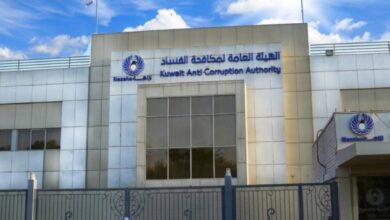Jammu & Kashmir emerges as India’s new growth engine with ₹2.65 lakh crore economy
From conflict to confidence J&K attracts ₹1.63 lakh crore investments, creates 600,000 jobs; record 2.11 crore visitors put Kashmir back on the global map bridging mountains and markets: mega infrastructure projects transform J&K’s future
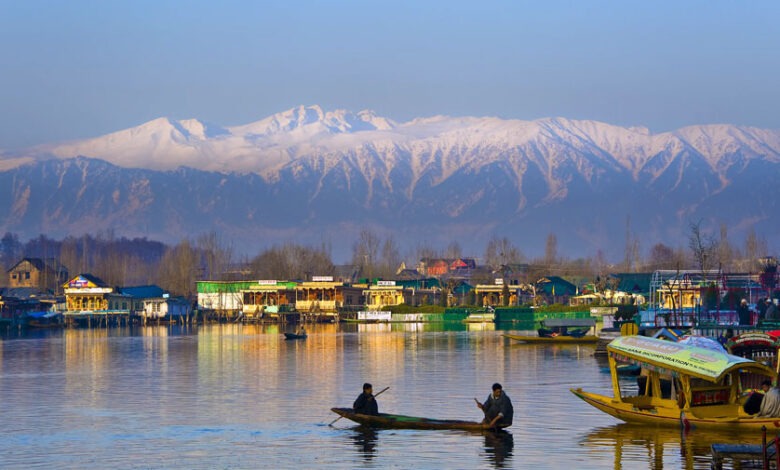
- Development activities in Jammu & Kashmir—particularly in infrastructure, tourism, and agriculture—are driving powerful multiplier effects across the economy. By enhancing productivity, cutting costs, creating jobs, and stimulating new business opportunities, these initiatives are reshaping the region’s growth trajectory.
- Mega infrastructure projects such as tunnels and highways are improving connectivity and reducing logistics expenses, while targeted interventions in tourism and horticulture, including advanced irrigation systems and promotion of high-value crops, are boosting both GSDP and employment. Coupled with national flagship programs like Make in India and Digital India, these sectoral efforts are fostering a self-sustaining cycle of inclusive and long-term economic progress across the Union Territory.
Jammu and Kashmir has stepped into a new era of economic growth and social transformation, breaking away from decades of conflict and underdevelopment. Once defined by unrest, the Union Territory is now charting a future of stability, opportunity, and progress.
Since 2019, sweeping structural reforms, targeted policy interventions, and large-scale infrastructure investments have reshaped the region’s economic trajectory. The years from 2021–22 to 2024–25, in particular, mark a period of remarkable expansion with strong growth in Gross State Domestic Product (GSDP), record-breaking tourism numbers, rising investments, and notable social sector improvements.
At current prices, Jammu and Kashmir’s GSDP is projected to reach ₹2.65 lakh crore in 2024–25. Post-pandemic growth has consistently exceeded 7% annually, driven by infrastructure spending, industrial activity, and a revival of traditional sectors such as horticulture and handicrafts.
A key factor behind this growth is the combination of stronger governance, improved peace and security, and well-designed welfare programs. Initiatives such as universal health coverage under Ayushman Bharat, expanded access to clean drinking water, and the construction of over 1.7 lakh houses under the Pradhan Mantri Awas Yojana (PMAY) have significantly raised living standards. More than 30,000 new government jobs have further strengthened social stability.
The entrepreneurial spirit of the region has also been harnessed. Since 2019, more than 650 startups have registered in Jammu and Kashmir, signaling innovation-led growth alongside traditional industries.
Industrial development remains at the heart of this transformation. The Industrial Policy 2021–30 and the New Central Sector Scheme have introduced strong incentives, including subsidies, capital support, and interest subventions. By December 2024, investment proposals worth ₹1.63 lakh crore had been received, with the potential to create nearly six lakh jobs. Already, close to 2,000 industrial units have become operational, highlighting a tangible shift in the economic landscape.
Tourism—long the backbone of the local economy—has witnessed historic highs. In 2023, the Union Territory welcomed a record 2.11 crore visitors, the highest ever. Confidence in security and better connectivity have revived year-round tourism, with winter sports in Gulmarg, eco-tourism circuits, and solarized religious sites attracting diverse visitors. The G20 Tourism Working Group meeting in Srinagar further placed the Valley on the global tourism map.
Infrastructure development has been another game-changer. Landmark projects such as the Chenab Railway Bridge—the tallest rail bridge in the world—the Zojila and Z-Morh tunnels, and expanded highways like NH-44 have revolutionized connectivity across the Himalayas.
In parallel, energy security is being reinforced. Major hydropower projects, including Ratle, Kishanganga, and Pakal Dul, are set to strengthen the power sector. Solar initiatives at religious and tourist sites add to sustainability efforts.
Digital transformation is advancing rapidly. The BharatNet project, the rollout of more than 1,100 services on the eUNNAT portal, and the inclusion of Jammu and Srinagar in the Smart City Mission have ushered in modern digital governance and improved service delivery.
Air connectivity has also expanded, with upgrades to airports in Srinagar, Jammu, and Leh supporting both civilian and defense requirements. Logistics parks and planned metro rail projects in Srinagar and Jammu highlight a vision for integrated and futuristic urban transport.
These infrastructure improvements have created strong multiplier effects across the economy. Reduced logistics costs, faster market access, and better connectivity have spurred trade, tourism, and horticulture exports, especially apples and saffron.
Employment generation has naturally followed. Thousands of jobs have been created in construction, logistics, tourism, and MSMEs, while rural communities have gained new opportunities in non-farm sectors.
The improved investment climate further supports this growth story. Simplified clearances through a Single Window system, concessional land rates, SGST reimbursements, and proactive policies have transformed the ease of doing business. Already, nearly ₹9,600 crore worth of proposals have materialized, leading to almost 2,000 operational units employing over 63,000 people.
Looking ahead, the region’s growth prospects appear even brighter. The discovery of lithium reserves in Reasi district promises to make Jammu and Kashmir a strategic contributor to India’s clean energy transition. Expanding hydropower, Smart City projects, and youth training in artificial intelligence, cloud computing, and cybersecurity signal a future anchored in renewable energy and digital innovation.
Beyond economics, these development activities also serve strategic goals. The creation of dual-use infrastructure enhances both civilian aspirations and national security in sensitive border regions. Improved roads, tunnels, and airports not only facilitate trade and tourism but also bolster India’s defense preparedness.
With annual growth projected at nearly 10% in the coming years, Jammu and Kashmir is poised to evolve into a hub for renewable energy, tourism, digital industries, and modern urban living.
The transformation of Jammu and Kashmir underscores the power of sustained reforms and focused development activities. Economic growth has accelerated, welfare indicators have improved, and investor confidence has deepened.
Today, Jammu and Kashmir stands at the cusp of an economic renaissance. Once celebrated only for its natural beauty, it is fast emerging as India’s crown not just in geography but also in economic achievement, combining industrial dynamism, sustainable tourism, and inclusive social progress.
Follow The Times Kuwait on
X, Instagram and Facebook for the latest news updates








